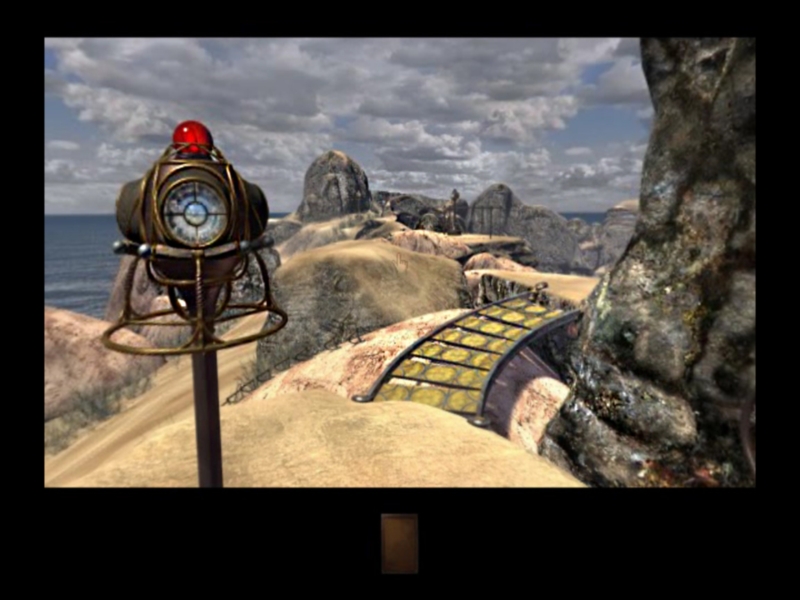


X-ray crystal structures of the starting amine and the product salt, as well as kinetic data, support this mechanism.Ĭatalytic reduction of pralidoxime in pharmaceuticals by macrocyclic Ni(II) compounds derived from orthophthalaldehyde. The macrocyclic nitrogen subsequently attacks the methylene chloride with a classic SN2 trajectory, and although the carbon-chlorine bond breaks, the chloride leaving group does not separate from the newly formed cationic macrocycle, such that the product is a tightly associated ion-pair. Detailed calculations favor a mechanism where the methylene chloride associates with the macrocycle to form an activated prereaction complex. The reaction half-life for a structurally related, acyclic amine is approximately 50 000 times longer. When methylene chloride is the solvent, the reaction exhibits pseudo-first-order kinetics, and the reaction half-life at 25.0 degrees C is 2.0 min. Lee, Jung-Jae Stanger, Keith J Noll, Bruce C Gonzalez, Carlos Marquez, Manuel Smith, Bradley DĪ simple macrocyclic amine is alkylated by methylene chloride to give a quaternary ammonium chloride salt. Rapid fixation of methylene chloride by a macrocyclic amine.


 0 kommentar(er)
0 kommentar(er)
